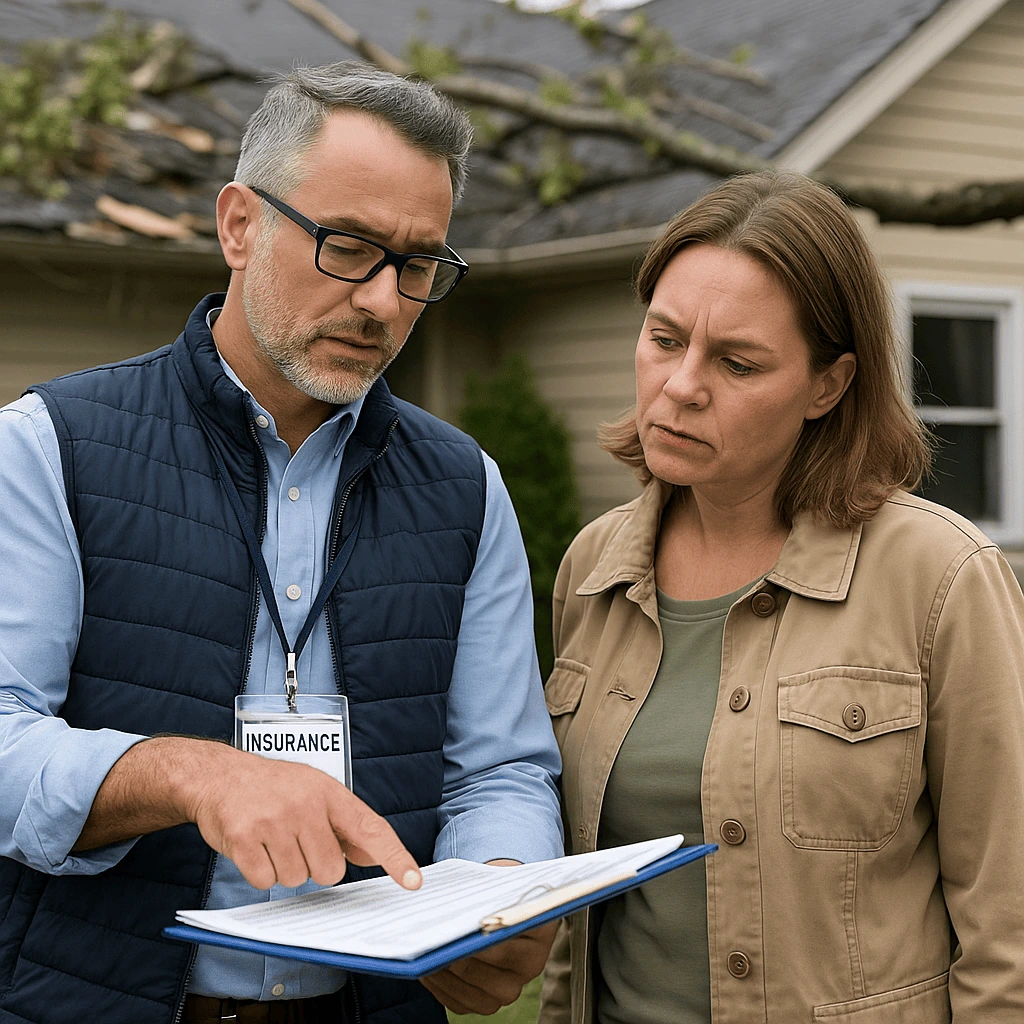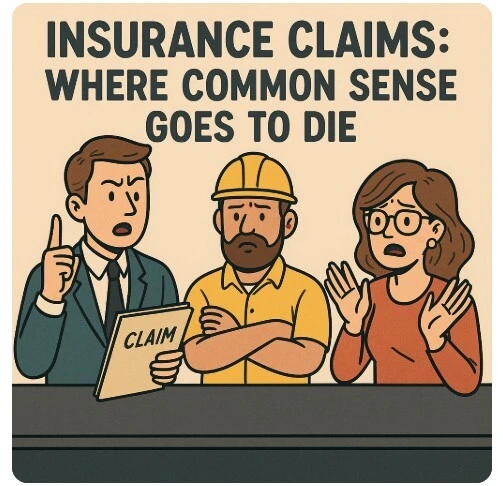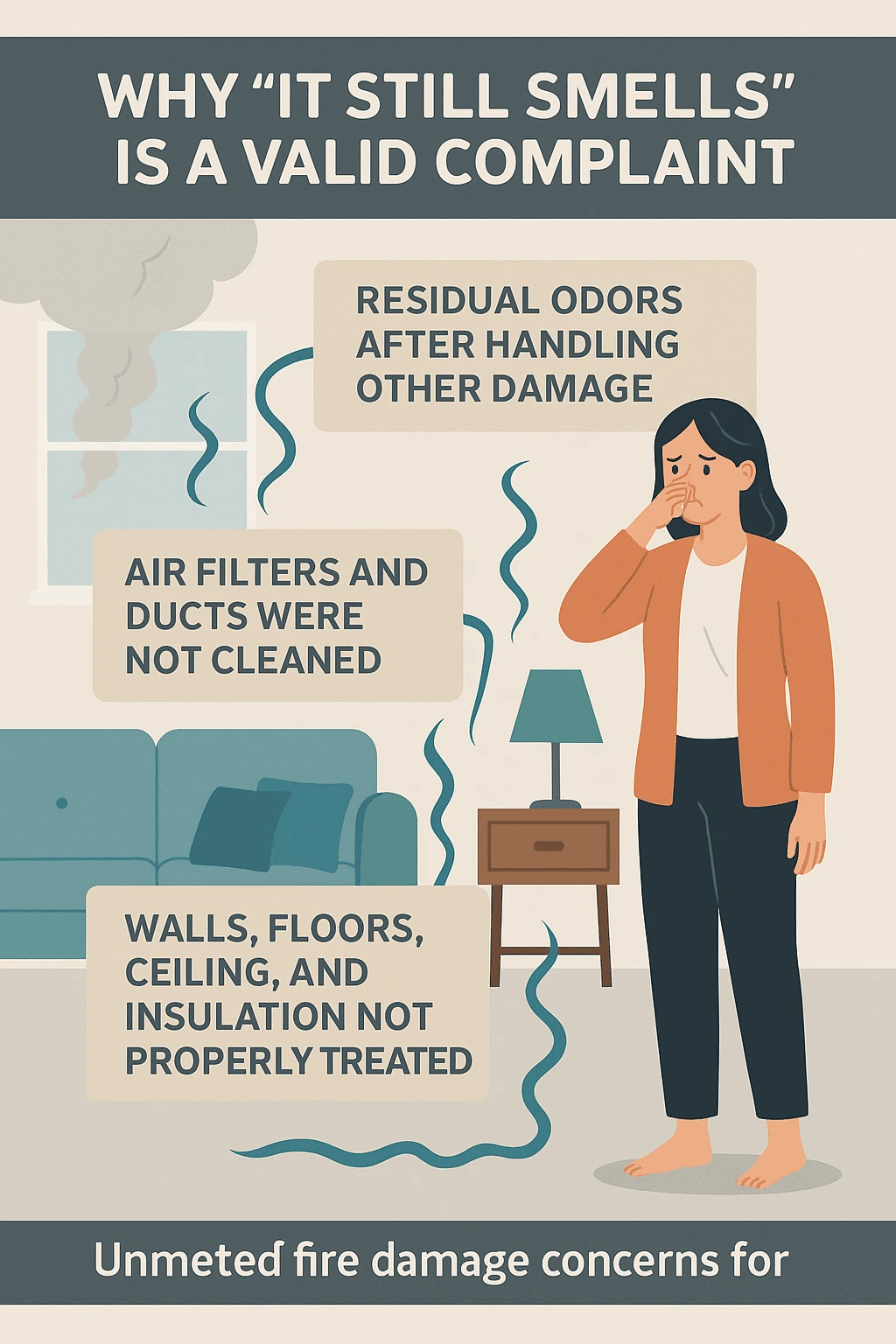You filed the claim. You followed the steps. The damage is real.
So why did the insurance company say no?
For most policyholders, a claim denial feels like a dead end. After all the disruption, documentation, and emotional energy that comes with damage to your home or business, getting a denial letter isn’t just frustrating—it’s deeply deflating.
But what many people don’t realize is this:
A denial isn’t final. And it isn’t always right.
At OPCC, we’ve reviewed hundreds of denied claims that turned out to be under-documented, misinterpreted, or simply wrongly assessed. Not because the adjuster was malicious, but because the system is built to favor the carrier’s interpretation—until you challenge it.
🧠 Why Denials Happen (and Why They Stick)
Insurance policies are dense, multi-layered contracts—filled with definitions, exceptions, and conditions that only make sense if you’ve spent time inside the system. Carriers count on this.
They know that most people won’t dig into the fine print or question an adjuster’s conclusion.
So when a claim gets denied, it’s often explained away with vague, well-worn phrases:
- “Wear and tear”
- “No storm-related damage observed”
- “Not a sudden and accidental event”
- “Policy does not cover this type of loss”
But what those explanations lack is context. Was the inspection thorough? Was the right date of loss applied? Was policy language accurately interpreted—or selectively enforced?

Most importantly: Was your side of the story ever fully presented?
📂 The Case for a Second Look
We’ve seen denials reversed not because something new happened—but because we reframed the original evidence, translated it into language the carrier couldn’t ignore, and held them to the standards built into their own policy.
That might mean:
- Showing how hail impact occurred beneath a roof’s surface
- Demonstrating how code upgrade coverage applies during repairs
- Using thermal imaging to detect smoke or water intrusion that wasn’t visible during the initial inspection
- Or simply reminding the insurer of their statutory obligation to investigate fairly and promptly
🔄 Reopening a Claim Isn’t About Conflict. It’s About Clarity.
What we do isn’t about “fighting” the insurance company. It’s about leveling the playing field.
Carriers have adjusters, engineers, consultants, and policy counsel working for them. You should too.
When you bring in OPCC after a denial, we:
- Review the full policy, not just the denial
- Analyze the inspection data, estimate, and photos
- Bring in our own findings if needed—thermal, drone, microscopic, or lab-based
- Build a documented position that speaks to the actual language of the contract
And when necessary, we escalate—through appraisal, rebuttal letters, or collaboration with legal professionals if the claim justifies it.
⚠️ Before You Give Up, Ask One More Question:
Is the denial the truth—or just the carrier’s version of it?
The difference between a denied claim and a paid claim is often less about the loss itself, and more about how the loss is presented, supported, and defended.
If you’ve received a denial and something doesn’t feel right—it probably isn’t.

Let’s take a look together.





